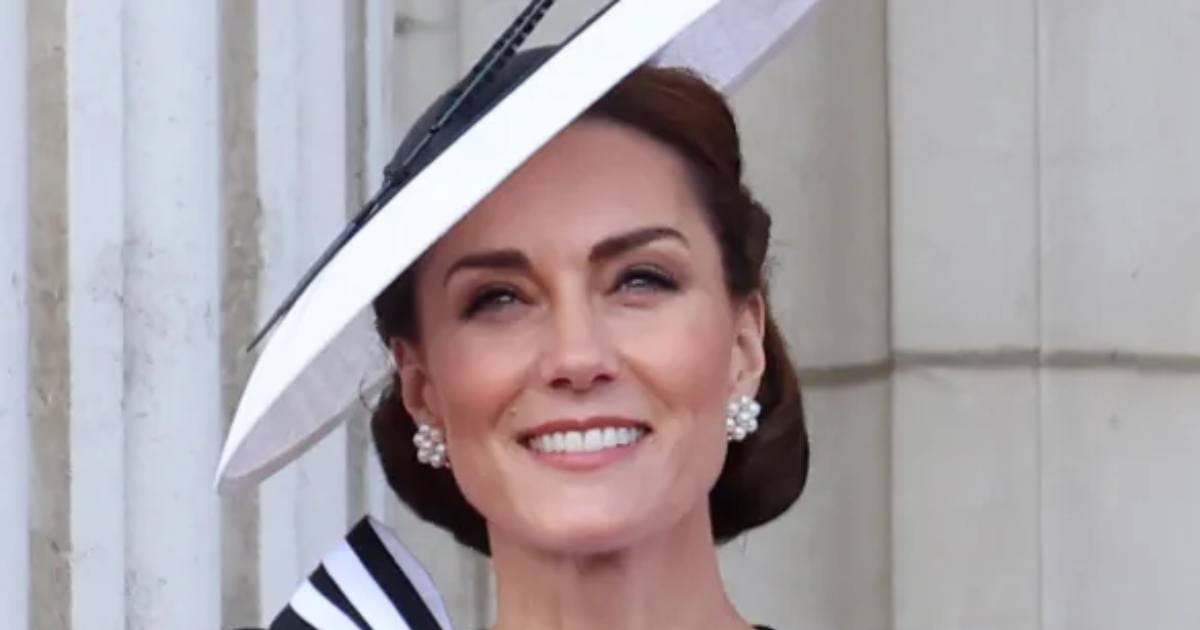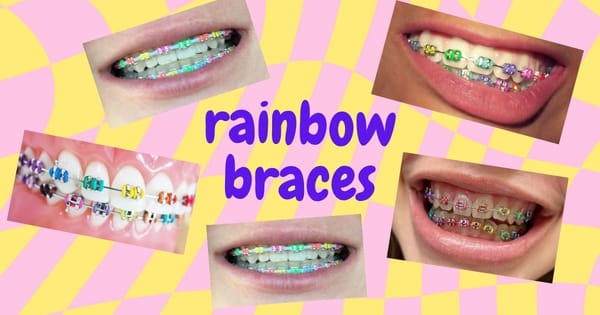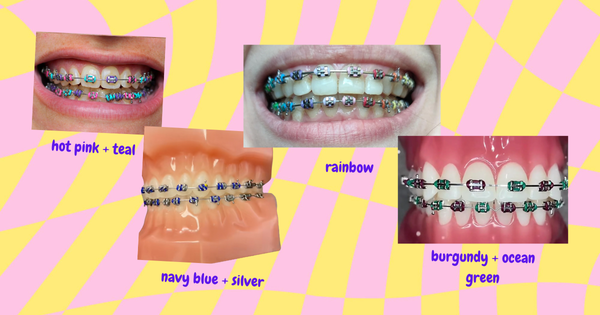Catherine, Princess of Wales' Teeth: Veneers or Natural?

Catherine, Princess of Wales, captivates the world with her grace, style, and a smile that radiates warmth and confidence.
As a prominent figure constantly under public scrutiny, her appearance, particularly her teeth, has been the subject of much speculation.
Based on years of photographic analysis and expert observations, it's highly unlikely that Catherine, Princess of Wales, has veneers. Her smile, while undeniably stunning, exhibits subtle imperfections and a natural translucency that indicate a lack of porcelain veneers.
Instead, the subtle shifts in her teeth over the years suggest potential orthodontic work, likely lingual braces, to enhance her natural smile subtly.
While cosmetic dentistry, especially veneers, has become increasingly popular, evidence suggests that Catherine embraces a more natural approach to her smile.
Key Takeaways
- Throughout her years in the public eye, Catherine, Princess of Wales, has consistently showcased a natural-looking smile, making veneers improbable.
- Evidence suggests she may have undergone orthodontic treatment, possibly lingual braces, around 2011, subtly improving her teeth' alignment.
- Her smile embodies a "quiet luxury" aesthetic – naturally beautiful, subtly enhanced, and timelessly elegant, reflecting a broader societal shift toward embracing natural beauty.

Tracing the Subtle Shifts in Catherine's Teeth
A glimpse into the photographic history of Catherine, Princess of Wales, reveals a fascinating journey of subtle smile enhancements, emphasizing a commitment to refining her natural beauty rather than pursuing a dramatically different look.
Images from her pre-royal days, circa 2005, showcase a young Catherine with naturally attractive teeth that are already well-aligned.
However, a closer look reveals a slight "flaring" of her upper front teeth – a common characteristic that can be addressed with orthodontic treatment for both cosmetic and functional reasons.
Fast forward to 2011, the year of her highly anticipated wedding to Prince William. A subtle shift in her smile becomes noticeable. Catherine's teeth appear straighter, with the previous "flaring" less prominent.
This transformation coincides with widespread speculation that she underwent orthodontic treatment, most likely lingual braces, a discreet option worn behind the teeth, making them virtually invisible.
Despite this presumed orthodontic intervention, Catherine's smile retains its natural charm.
While straighter, her teeth still possess slight irregularities in shape and spacing.
This suggests she sought enhancement, not an artificial, manufactured perfection.
The subtle imperfections in her smile enhance its authenticity, making it all the more relatable and appealing.

The Secrets to Catherine's Naturally Enhanced Smile
Catherine, Princess of Wales's presumed choice of lingual braces reveals a commitment to discretion and a desire to maintain a natural look throughout her transformation.
Unlike traditional braces fixed to the front of the teeth, lingual braces are custom-made and bonded to the back surfaces, making them virtually invisible to the casual observer.
This discreet orthodontic option allows for teeth straightening without the aesthetic concerns often associated with traditional braces.
Furthermore, rather than striving for unrealistic perfection, Catherine's orthodontist (and likely the Princess herself) seemed to embrace the allure of subtle imperfections.
In the realm of cosmetic dentistry, a naturally enhanced smile isn't about achieving a row of perfectly uniform, blindingly white teeth.
Instead, it's about creating a harmonious balance that complements one's facial features while retaining elements of individuality.
Even after her presumed orthodontic treatment, Catherine's teeth maintain slight irregularities in shape and spacing.
These subtle "micro-imperfections" are crucial in creating a natural-looking smile.
Natural teeth are rarely perfectly aligned or identically shaped; they possess unique characteristics that reflect years of biting, chewing, and, yes, even slight misalignments.
By preserving or subtly recreating these imperfections, cosmetic dentists can achieve results that enhance, rather than mask, a patient's natural beauty.

"Quiet Luxury" and the Allure of Effortless Beauty
Catherine, Princess of Wales' approach to her smile aligns perfectly with the concept of "quiet luxury" – an aesthetic that has become synonymous with her personal style.
Quiet luxury, as the name suggests, is about understated elegance, valuing quality, timelessness, and a rejection of overt branding or flashy displays.
It's about looking effortlessly chic and put-together without appearing as if you've tried too hard.
Just as her wardrobe choices often favor classic silhouettes, impeccable tailoring, and a muted color palette, Catherine's smile reflects this same sensibility.
It's naturally beautiful, subtly enhanced, and devoid of any artificiality that might detract from her overall aura of effortless elegance.
This approach to beauty resonates with a growing societal shift away from overly "done" aesthetics.
Increasingly, people are embracing natural beauty, recognizing that true confidence stems from enhancing one's unique features rather than conforming to unrealistic or artificial ideals.
Catherine's choice to maintain her naturally beautiful smile, with its subtle imperfections and lack of veneers, speaks volumes about her confidence and her commitment to authenticity.
In a world often obsessed with achieving a manufactured perfection, her smile is a refreshing reminder that true beauty lies in embracing one's individuality.
Addressing the Speculations
In the digital age, where information, and often misinformation, spreads rapidly, it's crucial to approach online discussions with a discerning eye and a commitment to respectful dialogue.
Recently, social media has been abuzz with speculation regarding Catherine, Princess of Wales' whereabouts, with some posts even suggesting she's been replaced by a look-alike.
It's important to emphasize that these claims are unsubstantiated rumors and should be treated as such.
Relying on credible news sources and official statements is crucial to avoid falling prey to misinformation.
This blog post has focused solely on analyzing Catherine, Princess of Wales' teeth, exploring the evidence for and against potential cosmetic dentistry and highlighting the elegance of her naturally enhanced smile.
Engaging in baseless conspiracy theories surrounding her current status serves no purpose other than to spread harmful misinformation.
As we navigate the complexities of online discourse, let's strive to be responsible consumers of information, prioritizing evidence-based discussions and treating each other with respect, especially when discussing public figures.
Let's focus on celebrating Catherine's genuine warmth, her commitment to her royal duties, and her inspiring approach to beauty – one that values authenticity and celebrates the uniqueness of each individual.





